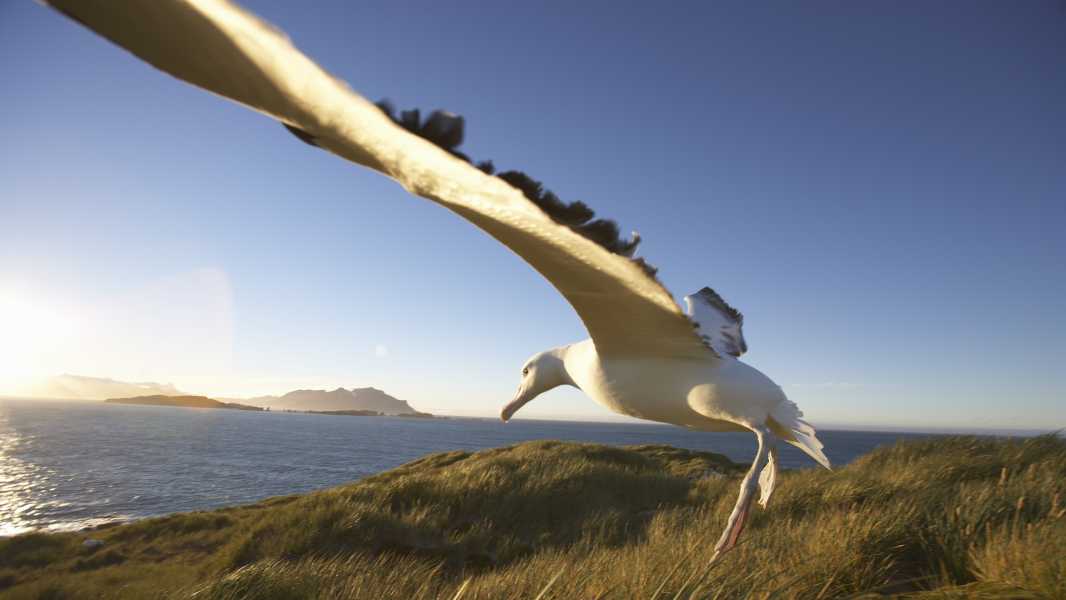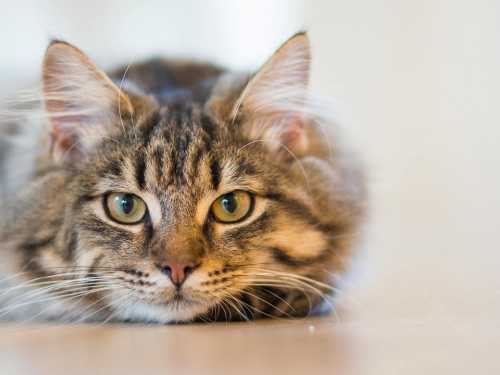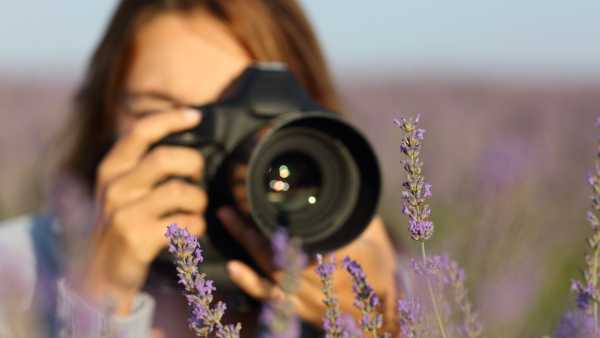
A wandering albatross on South Georgia, Antarctica (not the island where mice eat albatrosses alive). (Photo credit: Paul Souders via Getty Images)
Invasive mice are eating albatrosses alive on a remote Indian Ocean island, prompting conservationists to propose an explosive solution: mouse 'bombing'.
Mice have been wreaking havoc on Marion Island, located between South Africa and Antarctica, for decades. The rodents were accidentally introduced by humans in the 19th century, and have since begun preying on wandering albatrosses (Diomedea exulans) and other endangered seabirds.
The Mouse-Free Marion initiative, a joint project between the South African government and BirdLife South Africa, is trying to raise $29 million to drop 660 tonnes (600 metric tons) of rodenticide pellets on the island in the winter of 2027, AFP news agency reported on Saturday (August 24).
The project plans to use a helicopter unit to drop pellets. By attacking in winter, when the mice are at their hungriest, conservationists hope to eliminate the entire mouse population of up to 1 million individuals.
“We need to get rid of every last mouse,” Mark Anderson, director general of BirdLife South Africa, told AFP news agency. “If there is just one male and one female left, they will be able to reproduce and eventually get back to where we are now.”
House mice (Mus musculus) first arrived on Marion Island on seal ships. They began their reign of terror by devouring the island's invertebrates and eating seabird eggs. By 2003, the mice were eating live seabird chicks, and now, a decade later, they have learned to attack adults as well.
Researchers discovered the carcasses of eight adult wandering albatrosses in April 2023. The birds had deep wounds on their elbows, consistent with mouse attacks, and likely died of secondary infection or starvation. Since then, new reports of adult seabird deaths suggest such attacks are becoming more common.
“The mice just climb on them and slowly eat them until they die,” Anderson said. “We lose hundreds of thousands of seabirds every year to mice.”
Albatrosses have no defense against mice because they did not evolve with land predators. They spend most of their lives at sea, and nesting sites like Marion Island are so isolated that mice and other land mammals could not reach them before humans arrived. The birds evolved in an environment where they did not encounter land predators, and so they have no mechanisms to protect themselves.
A previous attempt to control Marion Island's invasive mouse population using cats backfired horribly. In 1948, researchers brought five cats to the island's weather station, but their offspring went wild and began preying on seabirds and mice alike.
Feral cats multiplied and spread across the island until they began killing about 455,000 birds a year in the 1970s. Researchers successfully eradicated the cats in 1991.
The rodenticide at the core of the new eradication strategy would only kill mice, as it would not affect Marion Island's native invertebrates or seabirds that normally feed at sea.
Sourse: www.livescience.com





